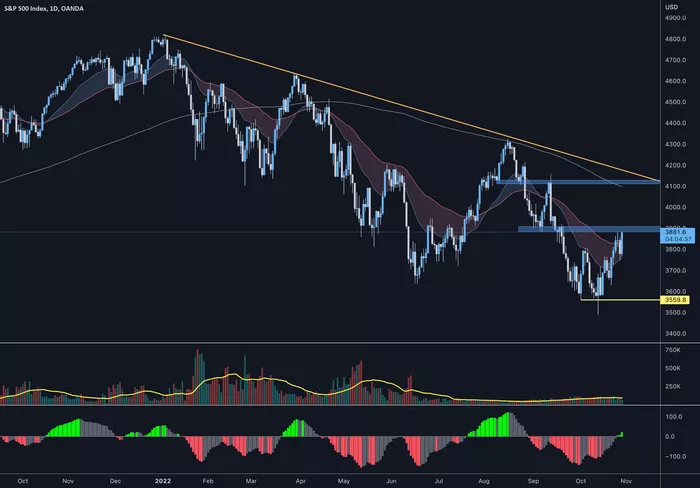Force-placed auto insurance, also known as lender-placed insurance, is a type of coverage that your lender may place on your vehicle if they determine that you have failed to maintain the necessary insurance on your car. This insurance can be costly and may not provide the level of coverage you need. If you find yourself with force-placed auto insurance, it’s essential to understand the process of removing it and restoring control over your vehicle’s insurance policy.
This article will walk you through the necessary steps to remove force-placed auto insurance, explaining why it is placed, the impact it can have on your finances, and how you can regain your insurance choices.
What Is Force-Placed Auto Insurance?
Force-placed auto insurance is a policy that your lender purchases on your behalf when they believe you no longer have valid car insurance or if your coverage has lapsed. The primary reason lenders enforce force-placed insurance is to protect their financial interest in the car. Since they hold a lien on your vehicle, they want to ensure that it is covered in the event of an accident, theft, or damage.
However, force-placed insurance can be more expensive than the coverage you would typically obtain on your own. Additionally, it often offers limited coverage, which means it may not provide adequate protection for you as the car owner.
Why Do Lenders Force-Place Insurance?
There are several reasons why a lender may force-place auto insurance:
Lapsed Insurance: If your car insurance policy expires, is canceled, or you fail to pay premiums, the lender may place force-placed coverage on the vehicle.
Insufficient Coverage: Sometimes, the lender may determine that your existing coverage does not meet the required levels. If you have only liability coverage but your lender requires full coverage (comprehensive and collision), they may enforce force-placed insurance.
Inconsistent Proof of Insurance: If the lender requests proof of insurance and you fail to provide it, they may assume that you no longer have valid coverage.
In any of these cases, the lender’s goal is to protect their investment in the car. However, force-placed auto insurance is typically much more expensive than what you could obtain on your own.
The Problems with Force-Placed Auto Insurance
While the lender’s intention is to protect their financial stake, force-placed insurance can come with several drawbacks for the borrower:
Higher Costs: Force-placed insurance premiums are typically much higher than what you would pay for a standard auto insurance policy. This is because the lender’s coverage is often more limited and meant to protect the lender rather than the borrower.
Limited Coverage: Force-placed insurance usually provides only minimal coverage, often limited to comprehensive coverage for damages to the vehicle. It may not include liability, collision, or personal injury protection, which are essential for comprehensive car insurance.
No Control Over Policy: You lose control over the choice of the insurer and the specifics of the policy. The lender chooses the insurance provider and policy terms without your input.
In most cases, the lender will add the cost of the insurance to your loan balance, increasing the amount you owe. This can make it difficult to manage your finances and lead to higher monthly payments.
How to Remove Force-Placed Auto Insurance
If you’ve found yourself with force-placed auto insurance, the good news is that it is possible to remove it. The process involves taking specific steps to restore your own insurance policy and proving to the lender that you have valid coverage.
Step 1: Verify the Reason for the Force-Placed Insurance
Before you can take any action, it is important to understand why the force-placed insurance was applied in the first place. Contact your lender or the insurance provider who placed the coverage on your behalf to find out the exact reason. Common reasons include:
Your insurance policy expired: If your insurance policy expired and you failed to renew it, the lender may have placed the force-placed coverage to protect their interest.
You did not provide proof of insurance: If you neglected to send the required proof of insurance to your lender, they may have taken this step.
Insufficient coverage: If you only had liability coverage but were required to have full coverage, the lender may have enforced this policy.
Once you understand the cause, you can proceed with the next steps to resolve the issue.
Step 2: Obtain Valid Auto Insurance Coverage
The next step in removing force-placed insurance is to obtain your own auto insurance coverage. Make sure to choose a policy that meets your lender’s requirements. Generally, lenders require full coverage, which includes both comprehensive and collision coverage. This will ensure that your car is protected and the lender’s financial interest is covered.
When choosing an insurance policy, consider the following:
Full coverage: Ensure that your policy includes both comprehensive (coverage for damages to the vehicle from non-collision events like theft or natural disasters) and collision coverage (coverage for damage resulting from accidents).
Adequate liability insurance: Your policy should meet the state’s minimum liability insurance requirements, which cover damages to other people and property if you are at fault in an accident.
Proof of insurance: Once you’ve obtained a valid insurance policy, you will need to provide proof of coverage to your lender. Most lenders will require an insurance card or policy declaration page that shows your policy details.
Step 3: Provide Proof of Insurance to Your Lender
Once you have secured a new insurance policy, it is crucial to provide proof of coverage to your lender. This can typically be done by submitting the following documents:
Insurance card: Most insurance companies provide an ID card that shows your policy number and coverage details.
Policy declaration page: This is a formal document that outlines the specifics of your auto insurance policy, including the types of coverage, limits, and the insurer’s contact details.
Email or fax: Many lenders allow you to submit proof of insurance via email or fax, so check the lender’s preferred method of submission.
Providing timely proof of insurance is essential to removing the force-placed coverage and restoring control over your insurance policy.
Step 4: Confirm Removal of Force-Placed Insurance
After providing proof of insurance to your lender, follow up to ensure that the force-placed insurance has been removed from your account. Contact the lender and ask for confirmation that the policy has been canceled and that your loan balance will no longer include the force-placed insurance charges.
It’s also a good idea to monitor your loan statements for any discrepancies. If the force-placed insurance charge continues to appear, escalate the issue to a supervisor or file a formal complaint with the lender.
Step 5: Review Your Loan Agreement
After the force-placed insurance has been removed, review your loan agreement to ensure that your terms are accurate. In some cases, the lender may have added the cost of the force-placed insurance to your loan balance. If this is the case, discuss your options for reducing your loan balance or negotiating the charges.
Consider the following when reviewing your loan agreement:
Loan balance: Ensure that the charges for the force-placed insurance have been removed from the total balance.
Monthly payments: Verify that your monthly payments have been adjusted accordingly to reflect the removal of the force-placed insurance premiums.
Insurance requirements: Confirm that your insurance coverage meets your lender’s requirements moving forward to avoid future issues with force-placed insurance.
Step 6: Prevent Future Force-Placed Insurance
To avoid dealing with force-placed insurance again in the future, take the following preventive steps:
Pay your premiums on time: One of the most common reasons for force-placed insurance is the failure to maintain valid coverage. Make sure to pay your auto insurance premiums on time to avoid lapses in coverage.
Provide proof of insurance promptly: When required, send proof of insurance to your lender as soon as possible. Many lenders will send reminders, but it is your responsibility to ensure that your coverage is up to date.
Maintain full coverage: If your lender requires full coverage, make sure your policy includes both comprehensive and collision coverage.
Monitor your insurance renewal: Be proactive in renewing your insurance policy. Set reminders to ensure that your insurance does not lapse.
Conclusion
Force-placed auto insurance can be expensive and frustrating, but with the right steps, you can remove it from your loan agreement. By understanding why it was placed, obtaining proper coverage, and providing proof to your lender, you can restore control over your insurance policy and prevent future issues.
Remember, the best way to avoid force-placed insurance is to maintain consistent, valid auto insurance coverage throughout the term of your loan. By doing so, you can avoid unnecessary costs and ensure that you are adequately covered in the event of an accident or theft.
Related topics:

































